In the last decade or so, pre-workout supplement formulas have increasingly emphasized ingredients that improve mood, focus, and cognitive performance – in a word, nootropic ingredients.
The future of performance supplements: Bringing together physical and mental gains

Zynamite is PLT Health's Next-Gen Brain and Body Support Ingredient, harnessing the power of ≥60% mangiferin from mango leaf extract
Improving mood and mental energy can play a huge role in one's motivation and enjoyment for exercise, and thus improve athletic performance indirectly. But as it turns out, putting nootropics into sports supplements is not just about the subjective user experience.
Research shows that nervous system function is as much about physical performance as mental performance, and this mind-body unity can be put together in a big way when it comes to sports and active nutrition supplements.
In this era of supplement science, formulators are gravitating towards a new wave of ingredients that significantly benefit both cognitive and physical performance.
And if there's one ingredient that's leading this revolution, it's Zynamite from PLT Health Solutions:
Zynamite – A Powerful Supplement For Both Body and Mind
Zynamite is a non-stimulatory, patent-pending mango leaf (Mangifera indica) extract standardized for a bioactive constituent called mangiferin. It's been tested in 3 pre-clinical and 6 clinical studies, demonstrating some of the following benefits that are discussed in this article:
- Improved cognitive performance without cardiovascular effects
Increased peak power in cycle ergometer sprints
- Faster reaction times, on par with caffeine
- Better memory, attention, and accuracy
Zynamite is developed from sustainably-harvested mango leaves and is also supported by safety data that includes a GRAS self-affirmation. It's clinically-dosed at 300 milligrams.
Zynamite PX: Targeting Performance Athletics
Taking it further, PLT Health also launched Zynamite PX, which includes quercetin and is targeted to the athletic audience with the following benefits in a 420 milligram dose:
- Improved peak power -- in just one dose!
- Accelerated athletic recovery
- BSCG certified drug-free
It's not every day we see an ingredient that's certified for drug-tested athletes, so this indicates that PLT Health is serious about supporting this space with Zynamite PX.
Zynamite S: A soluble version for drinks
Finally, in 2024, PLT launched Zynamite S, a water-soluble version that's a better preparation for powdered supplements and can be used in ready-to-drink (RTD) applications. It's more heat stable, transparent, and has a neutral taste.
At this point, there's a lot to cover with the Zynamite family of ingredients, so we're putting it all here in one place. You can sign up for our PLT Health news alerts, then let's get into the science and products we've covered containing Zynamite.
Subscribe to PricePlow's Newsletter and Alerts on These Topics
Background: Exploring Mangiferin
Mangiferin is a xanthone, which is a type of polyphenol.[1] As regular readers of the PricePlow Blog know, polyphenols exhibit amazing general health benefits, and industry researchers occasionally find one that's exceptional -- even by our high standards for health and performance.
Based on the research we've seen, mangiferin is one of those super-polyphenols everyone should know about. Researchers agree, going as far as to title one peer-reviewed paper, "Mangiferin: a natural miracle bioactive compound against lifestyle related disorders".[2]
What makes xanthones particularly intriguing as a supplementation target is that unlike many of the polyphenols we cover, you're less likely to consume them as part of your diet. That's because xanthones don't naturally occur in very many plants – mangos are pretty much the only whole-food xanthone source you're likely to encounter at a modern American grocery store.[3]
And the best place to get them is from the leaves, which we generally don't ingest unless you're drinking specialized teas. This makes for something very unique in Zynamite:
Caffeine’s Non-Stimulant Replacement?
To set the stage for our discussion of Zynamite's enormous potential, let's spend a little time talking about an ancient pre-workout warhorse ingredient – caffeine.
Why is caffeine so common in pre-workout formulas? Is it just because caffeine helps us stay awake? As it turns out, the answer is no, caffeine does more than just fight fatigue. Besides helping us stay awake and feel better about life, caffeine also has ergogenic effects like increasing cellular metabolism and fat oxidation.
You can think of caffeine as the earliest example of the trend we're anticipating: an ingredient that's popular because it improves both the mental and physical aspects of performance.
However, caffeine's fame is matched by its infamy. While many of us swear by it, just as many seem to have major issues tolerating it, which is why the industry is constantly seeking solutions to mitigate its downsides or find ways to move away from it.
Ideally, we want an ingredient that gives us the positive effects of caffeine – increased focus, motivation, and athletic performance – without downsides like anxiety, jitters, restlessness, insomnia, cardiovascular impacts, and habituation.
In other words, we want a non-stimulant form of caffeine.
Too good to be possible? Maybe not – we think Zynamite could very well be that ingredient.
Zynamite Research: From in vitro to pilot studies to human clinical trials
PLT Health has followed the progression of research that we like to see from companies that are serious in this space: in vitro and pilot studies, safety analyses, and finally, double-blinded placebo-controlled trials. Let's get into each one:
-
Pilot Study – Central Nervous System Activity of Mango Leaf Extract (MLE) and Mangiferin
So how did science figure out that mango leaf could be our source for caffeine 2.0? As is so often the case, this story starts with traditional medicine.[4,5]
Having observed that mango leaf tea is used medicinally in tropical regions, particularly to combat exhaustion and fatigue, some intrepid researchers set out to evaluate this folk remedy using modern research methods.
First, a preclinical trial was published in 2018, showing that Zynamite crossed the blood-brain-barrier and increased LTP (long-term potentiation) using two well-established animal models.[6]
Next, the researchers wanted to answer two questions about mango leaf extract (MLE):[7]
- Does MLE actually work for these purposes from a scientific perspective?
- Is mangiferin truly the bioactive constituent responsible for MLE's beneficial effects?
This pilot study consisted, as is usually the case, of the following three elements: an in vitro experiment, an animal experiment, and finally, a small-scale randomized controlled trial (RCT) in humans.[7]
In vitro – Mango leaf extract and mangiferin increase hippocampal neuron response to electrical stimulation
In order to evaluate how the presence of mango leaf extract (MLE) or mangiferin interacts with brain cells, the researchers took slices of hippocampus tissue from adult rats. These slices consisted of pyramidal cells, which are responsible for certain types of memory and learning.[7]
The use of slices, as opposed to cell cultures, is especially compelling because slicing preserves the original three-dimensional structure of the hippocampal tissue. Tissue structure and cellular function are interrelated, so compared to an amorphous mass of cultured cells, this sampling technique offers a truer-to-life representation of how MLE/mangiferin would affect brain tissue in a living organism.[7]
Direct electrical stimulation of the samples was then used to simulate brain wave activity. As the samples were subjected to the stimuli, the researchers tracked the population spikes that formed in response. Put simply, a population spike is created when neurons fire simultaneously, so a bigger (i.e. higher amplitude) population spike basically means more brain activity.
The researchers used two different types of electrical stimulus:
- Single shock (SS) – exactly what it sounds like, a single pulse of electromagnetic stimulation.
- Theta burst stimulation (TBS) – pulsed, repeated electromagnetic stimulation in a frequency range associated with theta brain waves. TBS is believed to induce neuroplasticity in human brain tissue, and is sometimes used in a clinical setting to support psychiatric symptoms.[8]
They found that MLE dose-dependently increased the amplitude of the population spike in the hippocampal slices. That is, the higher the concentration of MLE applied to the sample, the more brain cells fired in response to the electrical stimulation.[7]
Pure mangiferin did the same thing, which strongly suggests that mangiferin is responsible for at least some of MLE's cognitive benefit.[7]
Because of their positive effect on neuronal recruitment, mango leaf extract (MLE) and mangiferin also increased long-term potentiation (LTP) in the samples.[7] This shows that mangiferin is likely largely responsible for the effects.
Since cells that fire together wire together, we would expect the efficiency of synaptic transmission to increase over time in response to the electromagnetic stimulation – a process referred to as long-term potentiation (LTP) – and that's exactly what the researchers found.[7]
MLE / mangiferin mechanisms of action
The in vitro experiment also confirmed that mangiferin does not share mechanisms of action with caffeine.[7] We won't get into how this worked, because it's quite technical and beyond the scope of this article, but advanced readers can find the study's full-text in our references.[7]
Although pure mangiferin showed little to no binding affinity for PDE4, one of caffeine's molecular targets, it did show incredible affinity for catechol-O-methyltransferase,[7] which is responsible for breaking down catecholamine neurotransmitters. This gives us a clue as to how mangiferin can increase brain activity and improve cognition.
Basically, the study found that in vitro, mangiferin and MLE did not show significant binding affinity for adenosine receptors, or the phosphodiesterase enzyme.[7] Since these are the molecular targets behind caffeine's primary mechanisms of action, it's safe to say that mangiferin is increasing brain activity by different mechanisms -- great news for supplement formulators looking for an edge.
Other results – in vivo rat study and human RCTs
The other findings in this study were that in both animals and humans, MLE/mangiferin induce EEG activity patterns that match those associated with caffeine consumption.[7]
Summarizing these results, the authors of the study wrote that (emphasis ours):[7]
"The results of the in-vivo and two pilot clinical studies show that compared to placebo, a single dose of MLE changes brain electrical activity, and that active compounds, primarily mangiferin, and/or its metabolite/s, are absorbed, are bioavailable, and can cross the blood brain barrier in sufficient concentration to effect changes in the underlying neurotransmitters responsible for this brain electrical activity. To our knowledge these are the first qEEG studies conducted on mangiferin in-vivo and on MLE both in-vivo and in human RCT studies."[7]
The pilot study included two small human trials that assess mangiferin's impact on cognitive performance. Although mangiferin did have an effect in these trials, the effect did not achieve statistical significance.[7]
In the two small human trials performed for this pilot study, assessments of cognitive performance and mood states were administered in order to assess the impact that MLE, caffeine, or the combination of both had on cognition.[7]
Caffeine and MLE both caused fairly large improvements in the subjects' average reaction times, as did the combination of the two.
Interestingly, mango leaf extract alone outperformed caffeine, as did the MLE/caffeine combination, suggesting that MLE might somehow mitigate the negative effects of caffeine. However, none of the effects observed in the human trials of this pilot study achieved statistical significance, so follow-up research is needed to replicate this effect.[7]
No adverse cardiovascular effects
Another big takeaway from the pilot study is that MLE/mangiferin administration induced caffeine-like changes in EEG activity patterns, yet did not cause any significant change in heart rate, blood pressure, or heart rate variability.[7]
No significant changes in cardiovascular function were caused by mango leaf extract / mangiferin administration.[7]
In other words, despite their stimulant-like ability to improve certain dimensions of brain activity, MLE/mangiferin are non-stim ingredients.[7]
When you couple the lack of cardiovascular effect with the COMT inhibition mechanism, a picture emerges of a kind of non-stimulant caffeine replacement.
-
Zynamite Improves Computerized Mental Performance Assessment System (COMPASS) Scores (2020)
Then in 2020, Zynamite got its own full-scale, randomized controlled trial designed to measure its impact on cognitive performance in humans.[9]
The study used the computerized mental performance assessment system (COMPASS), which is a battery of cognitive tests designed to measure mood, attention and vigilance, executive function, episodic memory, working memory and location learning.[9]
It also assessed Zynamite's ability to improve emotional health using the Profile of Mood States
(POMS), which explains a subject's current mood in terms of tension, depression, anger, vigour, fatigue and confusion.[9]
The study procedure had subjects take either 300 mg Zynamite or a placebo on the test day. COMPASS and POMS assessments were performed 30 minutes pre-dosing for a baseline, and then repeated 30 minutes, 3 hours, and 5 hours post-dosing to track the effects of the treatment over time.[9]
This was a crossover study, so the subjects served as their own controls – they completed the entire testing procedure twice Subjects who got Zynamite the first time got placebo the second time, and vice-versa.[9]
COMPASS results
Treatment with Zynamite (mango leaf extract) caused significant improvements in accuracy of performance, accuracy of attention, and episodic memory factor scores on the COMPASS battery.[9]
Zynamite improved accuracy on rapid visual information processing and the serial 3s / serial 7s tasks, which have subjects count backwards by 3 and by 7, respectively.[9]
The results really speak for themselves – average subject accuracy on all the COMPASS tasks increased in a statistically significant way.
Mechanism of action – COMT inhibition
Besides the changes to EEG activity that we saw in the pilot study, the authors of the COMPASS study identified an important potential mechanism of action – namely, mangiferin's ability to inhibit catechol-O-methyltransferase (COMT), an enzyme that degrades catecholamine neurotransmitters.[9]
Because COMT inhibition can upregulate dopamine in key brain regions, including the prefrontal cortex and the hippocampus, this mechanism has the potential to increase working memory, which is strongly correlated with fluid intelligence and IQ.[10]
Although mangiferin's nootropic mechanisms of action are still not fully understood, it's likely that COMT inhibition is involved, since previous research has demonstrated that this mechanism characterizes polyphenolic compounds in general.[9]
POMS results
The study found no significant change in any mood parameter following Zynamite administration, except for a slight reduction (~51% to ~49%) on the average calm/relaxed visual analog scale (VAS).[9]
PLT Health knew they had something big here, but how could they make it even better for athletics?
Zynamite PX – Unlock the Power of Quercetin
In addition to standalone Zynamite, PLT Health has also developed Zynamite PX, a patented combination of Zynamite with quercetin. Zynamite PX is basically the sports and active nutrition application for Zynamite.
To understand why this works, and why it's so cool, we need to spend a little time talking about quercetin.
Quercetin is, like mangiferin, a polyphenol antioxidant. Quercetin actually has too many beneficial effects to get into all of them here, but given that it does, among other things, beneficially modulate the action of glutathione and decrease inflammation,[11,12] you'd probably expect it to improve exercise performance. However, there's not much evidence that it does.
Published studies on quercetin and exercise are mixed, and generally find trivially small effect sizes, if any.[13] According to a 2015 research review, quercetin on its own can cause small improvements in athletic performance – but only if you take 1,000 mg or more,[13] which is a large dose. And even with doses in that range, evidence is mixed.[14]
What's worse, quercetin doses that big may even be counterproductive when taken chronically, by inhibiting beneficial adaptations to exercise.[13] There's simply something missing to the quercetin side of the equation, and part of it is that researchers were taking the dose in the wrong direction. But PLT Health figured it out:
Multiple studies indicate that co-administering Zynamite with quercetin, in the form of Zynamite PX, may actually increase quercetin's beneficial effect on performance and recovery.
This is consistent with a small but growing body of research suggesting that, generally speaking, mixtures of polyphenols have synergistic effects.[15]
What's really cool about Zynamite PX is it achieves impressive results with a relatively small dose of quercetin – just 140 milligrams per serving.
That's a far cry from the 1,000 mg/day or even 600 mg/day we see in a lot of other studies, and it's likely part of the reason why PLT has been successful with it. Remember, we're looking for minimum effective doses -- if we can get away with using less, that's probably a good thing, especially since excessive antioxidant intake can be counterproductive if your goal is improving exercise performance and recovery. We do need some level of muscle damage -- just not an overwhelming amount.
Let's look at the published research:
-
Zynamite PX Increases Peak Power Output by 3.8% in a single dose (2019)
Zynamite PX's ability to improve exercise performance in a single dose was first demonstrated in a 2019 study where 20 men and 20 women were randomized, in a double-blind manner, to receive one of three treatments before an exercise performance test:[16]
- 140 mg of Zynamite, 140 mg of quercetin, 147.7 mg of maltodextrin, and 420 mg of sunflower lecithin (Zyt-Quer-PL)
- 140 mg of Zynamite, 140 mg of quercetin, and 2126 mg of maltodextrin (Zyt-Quer)
- 2548 mg of maltodextrin (placebo)
Note that we refer to treatment A as Zyt-Quer-PL because sunflower lecithin is a phospholipid (PL). The "PL" in this group designation has nothing to do with a placebo treatment.
This was a crossover study, meaning the subjects served as their own controls by repeating the exercise test for each treatment condition, with a washout period in between sessions.
A single dose of Zynamite and quercetin (Zyt-Quer), also known as Zynamite PX, significantly improved peak power output a Wingate test, measured in watts.[16]
The exercise test used is called the Wingate test – it consists of pedaling at maximal effort for 30 seconds against a constant braking force on a stationary bike. Subjects performed the Wingate test three times in each session, with four minutes between tests.
Once the third and final Wingate test had been performed in each session, the researchers induced ischemia in the subjects' legs for 60 seconds. Ischemia was created through the use of bilateral cuffs that sharply reduced circulation to the leg muscles, and the point of this was to study Zynamite PX's ability to affect the muscles' response to extreme oxygen deprivation and subsequent reperfusion. This ischemia-reperfusion process is a way to simulate extreme oxygen debt during exercise.
Finally, after the induced ischemia, the subjects performed an all-out 15 second sprint to conclude each session.
The study found that just one dose of Zynamite and quercetin, taken immediately before exercise, caused a statistically significant improvement in the subjects' peak power output during the Wingate tests.[16] What's more, the effect size was about 30 watts – 880 watts for the Zyt-Quer group, compared to 848 watts for the placebo group.
That's about a 3.8 % increase in peak power output, which may not seem huge, but peak power output is one dimension of performance that is generally quite difficult to improve through supplementation. For example, consider the fact that in one 2024 study, creatine, which is pretty much the ergogenic supplement gold standard, was found to cause no increase in peak power output during a Wingate test.[17] The same study tested caffeine, too, and did find an increase, but of less than 3%.[17]
So, although the results of individual studies may vary, we have already seen that Zynamite PX can potentially outperform creatine when it comes to boosting peak power, and may be slightly better than caffeine in this aspect too. That's pretty impressive for a non-stimulatory plant extract!
Improves oxygen extraction in muscle tissue
Zynamite PX also had some interesting effects on the subjects' ischemia-reperfusion dynamics.
During the 60-second induced ischemia, subjects in the Zynamite PX group (Zyt-Quer) and Zynamite PX+phospholipid group (Zyt-Quer-PL) exhibited significantly lower tissue oxygenation in leg muscle tissue, indicating an improvement in cellular oxygen uptake.[16]
The study found that both groups taking Zynamite PX had a significantly lower tissue oxygenation index (TOI) than the placebo group in the vastus lateralis, which is a thigh muscle.[16]
This might sound like a bad thing, because in general, we want our tissues to be as oxygenated as possible. But remember, this reading was taken during induced ischemia, meaning there was very little new hemoglobin-bound oxygen coming into the muscle tissue when this reading was taken. Because of this, oxygen consumed by the cells in that muscle tissue wasn't being replenished, and that means the lower the TOI, the more oxygen the cells were consuming. This is a concept called oxygen extraction.[18,19]
In other words, lower TOI during ischemia meant increased oxygen extraction – the vastus lateralis cells in the placebo group were working less efficiently than those in the Zynamite groups! We can take this as an indication of improved cellular-metabolic function.[16]
Reduces blood lactate by 7.4%
The study also found that blood lactate levels were lower, on average, throughout the three sprints that made up the Wingate test in each session.
Administering Zynamite PX (ZytQuer) caused a statistically significant reduction in subjects' blood lactate levels, reflecting an increased reliance on aerobic respiration. These bars refer to average blood lactate levels throughout the first three sprints (i.e., pre-ischemia) of each testing session.[16]
Recall that at any given level of exercise intensity, a mixture of aerobic and anaerobic respiration occurs. During low to moderate intensity exercises, aerobic respiration predominates. In aerobic respiration, your cells use oxygen to break down glucose and fatty acids, which is a highly efficient method for producing cellular energy. As exercise intensity increases, the body relies more on anaerobic respiration – the problem being that anaerobic processes, like glycolysis, provide energy far less efficiently than aerobic respiration.
In order to optimize athletic performance, we generally want to rely on the aerobic system as opposed to the anaerobic system. In general, the more aerobic respiration predominates at any given level of exercise intensity, the fitter the exercising individual.
So with that in mind, it's very interesting to note that in this study, Zynamite PX increased cellular oxygen uptake while also decreasing lactate production.[16] Both of these are strong indicators that Zynamite PX encourages a shift towards aerobic respiration, and away from anaerobic respiration.
The Wingate test used in this study is not a test of athletic endurance, but based on this result, we would expect to see endurance-boosting effects from Zynamite PX supplementation.
Overall, an impressive study by any standard – and remember, the effects were achieved by only a single dose of Zynamite PX, taken immediately before each exercise session.
Next, PLT Health stayed dedicated to the research, doubling down on sports applications:
-
Improves performance on a basketball exercise simulation test (BEST) (2023)
Given the fact that Zynamite PX can apparently encourage aerobic respiration during high-intensity exercise, it naturally follows that the ingredient could be very useful in sports that are characterized by short, maximal efforts. Basketball is one of those sports – it's characterized by periods of low-to-moderate intensity activity, punctuated by very short, but very intense efforts.
With that in mind, one 2023 study set out to see whether Zynamite PX could improve athletic performance in basketball players.[20]
The study used something called the basketball exercise simulation test (BEST), which is a standardized exercise test that was developed to provide a repeatable method for assessing player performance in a series of basketball-related tasks.
The basketball exercise simulation test (BEST) is designed to simulate activity patterns typical of a real-world basketball game. It consists of 24 circuits, with a single completion of the movement depicted in this diagram counting as 1 circuit.[20]
The study divided 38 subjects into two groups – an experimental group (EXP) and a control group (CON).
The groups were then tested twice. On the first test, both groups received a placebo – this was the PRE-condition. Then a week later, the groups were tested again. This time, the EXP group got a single serving Zynamite right before the BEST, while the CON group got the placebo again.[20]
This was a double-blind, randomized, crossover study, which again means the subjects served as their own controls – so this entire process was repeated after a washout period, with the EXP subjects re-assigned to the CON group, and vice-versa.[20]
Tested on highly trained athletes
One really important thing to note about this study is that it was conducted in national-level basketball players drawn from the upper echelons of Greece's top 3 national leagues.[20] In other words, this was a highly-talented and highly-trained sample, made up of athletes who are more or less at their peak ability. The reason this matters is that in general, it's much more difficult to improve athletic performance in trained athletes than it is in untrained persons. So keep that in mind as we discuss the results of this study -- no "rookie gains" here.
As you can see from the inset image, the BEST features a blend of movement types and intensities that should closely resemble player activity during a real basketball game – a nice mix of walking, jogging, sprinting, and shuffling, with abrupt changes of velocity and direction.
Administration of Zynamite PX caused statistically significant improvements in sprint time (ST), circuit time (CT), and rating of perceived exertion (RPE). The effect size of reduction in blood lactate was pretty big, but its statistical significance was borderline.[20]
The BEST is an exceptionally technical exercise test. Since it covers such a wide range of athletic skills, we can reasonably expect that any statistically significant improvement in BEST performance would be difficult to achieve through supplementation, and would require broad mechanisms of action.
And that's exactly what Zynamite PX did in this study. The testing arrangement where subjects were treated with Zynamite PX before running the best – that is, the POST condition in the EXP group – saw statistically significant reductions the average time it took for players to complete a single BEST circuit (circuit time, CT), their sprint time (ST) on the sprinting portion of a BEST circuit, and their rated perceived exertion (RPE), which is a self-reported measure of how hard a physical effort was.[20]
Just like the previous study we discussed, this study found a sizable reduction in the average blood lactate level of the players. This effect didn't quite meet the commonly-accepted standard for statistical significance (p value of less than 0.05), but it was close.[20]
The most impressive result here, in our opinion, is the reduction in CT – Zynamite PX reduced the average time to complete a single circuit from 20 seconds to 18 seconds. That's a 10% reduction in time to completion, which is a huge effect size.[20]
-
Decreases exercise-induced muscle damage and improves recovery (2020)
Of course, performing well during exercise is only half the battle. It's during recovery that all the "magic" really happens, because recovery is where the body actually strengthens in response to the exercise stimulus. In fact, exercise itself actually makes the body weaker, because muscle tissue tends to break down during exertion.
Given that this is true, sports nutrition scientists are always looking for supplements that can limit the extent of exercise-induced damage, while also improving post-workout recovery. And according to one 2020 study, Zynamite PX fits the bill.
In this randomized, double-blind, placebo-controlled study, 24 women and 33 men were assigned to two treatment groups matched by sex and performance on a 5 kilometer run test.[21]
Self-reported pain after the 10 km race and 100 drop jumps was significantly lower in the Zynamite PX (Zyt-Quer) group, compared to the placebo group.[21]
For the experiment, both groups ran a 10 kilometer (6.2 mile) race, and then immediately performed 100 drop jumps. To perform a drop jump, an athlete drops from a box or platform, and then immediately executes a vertical jump upon contact with the ground. We all know it's hard to run 6.2 miles, but 100 drop jumps is downright gnarly – this is definitely a strenuous exercise program, and it was designed to cause exercise-induced muscle damage (EIMD).[21]
One hour before the race, and then at 8-hour intervals for the next 24 hours, the subjects took either maltodextrin as a placebo, or the clinical dose Zynamite PX. Just to be clear, this means the Zynamite group took 140 mg Zynamite and 140 mg quercetin four times during the study period.
In order to compare the effects of Zynamite PX and placebo on EIMD and recovery, the researchers measured pain, jump performance, and various biomarkers of metabolic stress and muscle damage.[21]
First and foremost, the Zynamite PX group reported a lot less pain following the strenuous exercise. On a scale of 1 to 10, the placebo group averaged about 6.8, while the Zynamite PX group averaged 5.7.[21]
The Zynamite PX group (Zyt-Quer) lost significantly less maximum jumping height following a 10 km race and 100 drop jumps.[21]
But while the reduction in pain is certainly impressive, and probably what most of us would be most excited about, the effect Zynamite PX had on maximum jumping height was even more significant. Note that this jump was not part of the 100 drop jumps – it was performed after the drop jumps had been completed, and the mechanical impulse generated by each subject during this test jump was actually measured with a force plate.[21]
While subjects in the placebo group lost almost 10% of their maximum jumping height on average, the Zynamite PX group (Zyt-Quer) lost only 4%. In other words, Zynamite PX reduced the subjects' loss of maximum jumping height by over 50%![21] This is a pretty phenomenal result, since loss of jumping performance is perhaps the most widely-accepted indicator of EIMD and loss of functional muscle capacity.[22]
BSCG Drug-Free Certified!
One very interesting thing about Zynamite PX is that it's actually been certified by BSCG -- Banned Substances Control Group -- as free of banned substances and safe for drug-tested athletes to use. Here at PricePlow, we're huge fans of BSCG and their founder, Oliver Catlin, who's put together one of the largest drug-testing libraries on the planet, if not the largest library.
BSCG certification is the real deal, and it's great to see an ingredient pass the test, which is something we rarely see. It goes to show that PLT Health is serious about marketing Zynamite PX to athletes.
Note that any drug-tested athletes will still want to purchase only finished products that are certified free of banned substances -- other ingredients will be in supplements with Zynamite PX, after all. However, supplement formulators who are putting together fully WADA-compliant dietary supplements can rely on this ingredient, and that's great to know.
Zynamite S: The Water Soluble Version
As you can see, Zynamite is an incredible ingredient, but there's one issue -- mangiferin is only slightly soluble,[23] with one study showing that its solubility is 0.111 mg/mL.[24]
Yet as you can see, Zynamite is the perfect ingredient for pre-workout supplements, energy drinks, and the growing market of RTD pre-workout drinks and shots. Botanical plant extracts don't always play the best in these form factors, and raw Zynamite is one such example.
PLT Health spent years working with the material, and launched Zynamite S, a water-soluble form of the ingredient that's vastly more soluble in water, heat stable, and has a mild taste. Having tried it, it's very much like a fruity tea taste.
With Zynamite S on the scene, formulators can rest easy: We're not 100% ready to start using it in more pre-workout and drink formulations that we're working with behind the scenes.
Safety Research
It's rare how often we see this much safety research on an ingredient -- several research teams have tested mango leaf extracts, mangiferin, and Zynamite itself, all with impeccable results. This is on top of PLT Health's GRAS (generally recognized as safe) self-affirmation.
The main safety study testing Zynamite itself was published in 2019, titled "A Toxicological Evaluation of Mango Leaf Extract (Mangifera indica) Containing 60% Mangiferin".[25]
After 90 days of use in male and female rats, the NOAEL (no observed adverse effect level) was observed at the highest dose, 2000 mg/kg bodyweight per day.[25] Not that this dose would ever be suggested in humans, but it's incredible to see the highest dose tested not cause any problems.
Several other studies confirm such results, with various quotes such as the following:
- "It is believed that mangiferin is a safe reno-protective molecule."[26]
- "Based on all these reports, we found that mangiferin is safe at the selected dose levels, did not produce any side effects in animals as well as in humans."[27]
- "Preclinical studies reported that mangiferin < 2000 mg/kg is generally nontoxic."[28]
- Large "single dose of mangiferin (900 mg) in humans did not produce any side effects or changes in clinical symptoms and blood biochemical variables".[29]
- "In addition, we did not observe any side effects or changes in liver enzymes or kidney variables in the participants after the 12-week intervention."[30]
- "Rats orally treated with mangiferin (250-1000 mg/kg) for 28 days did not show any abnormal clinical signs or hematology alterations, when compared to control group animals".[31]
All in all, we're extremely impressed with the safety research on both mangiferin and Zynamite itself, and are confident to recommend it even to conservative users -- especially Zynamite PX with its BSCG certification discussed above.
Products with Zynamite, Zynamite PX, and Zynamite S
There are several popular supplements with Zynamite inside. Here are a few:
Standalone:
- Ekkovision Zynamite
Conclusion: Don’t sleep on Zynamite
The dietary supplement industry is constantly on the look for experiential ingredients that feel and perform well, and don't overlap with caffeine's mechanisms of action. Whether we're trying to boost caffeine, mitigate its downsites, or merely replace some (or all) of it, the battle is constantly on to help alleviate our societal addiction to the potent stimulant drug.
PLT Health's Zynamite represents an extremely beneficial way of accomplishing any of those feats.
While we always want more, the human data that exists is very solid. We have at least three randomized controlled trials that show large and statistically significant effects on important dimensions of athletic performance, plus one that clearly indicates Zynamite has serious nootropic activity.
It's also incredible to see a great deal of safety data -- while the ingredient itself may seem new to many, there's a lot of safety research that should leave even the most conservative users feeling comfortable.
Adding just a touch of quercetin to the mix to create Zynamite PX is also brilliant. We've long been fans of quercetin's capabilities, especially in terms of immunity support, but its antioxidant effects are often too powerful for athleticism. PLT figured it out -- sometimes, less is more.
So if you're looking for a next generation ingredient to put into a nootropic or pre-workout formula, it's time to give Zynamite another shot -- and if you're developing a powder, that shot should be with Zynamite S.





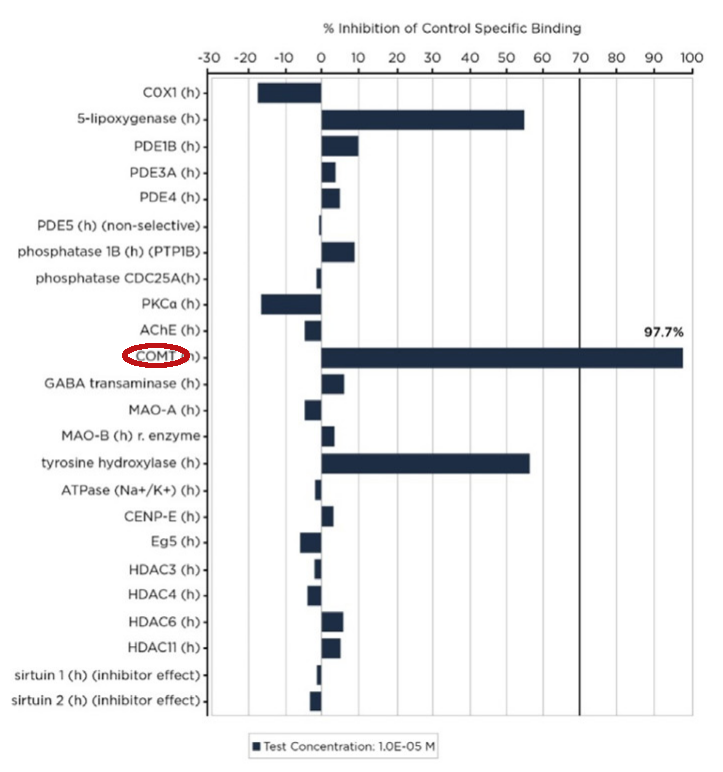
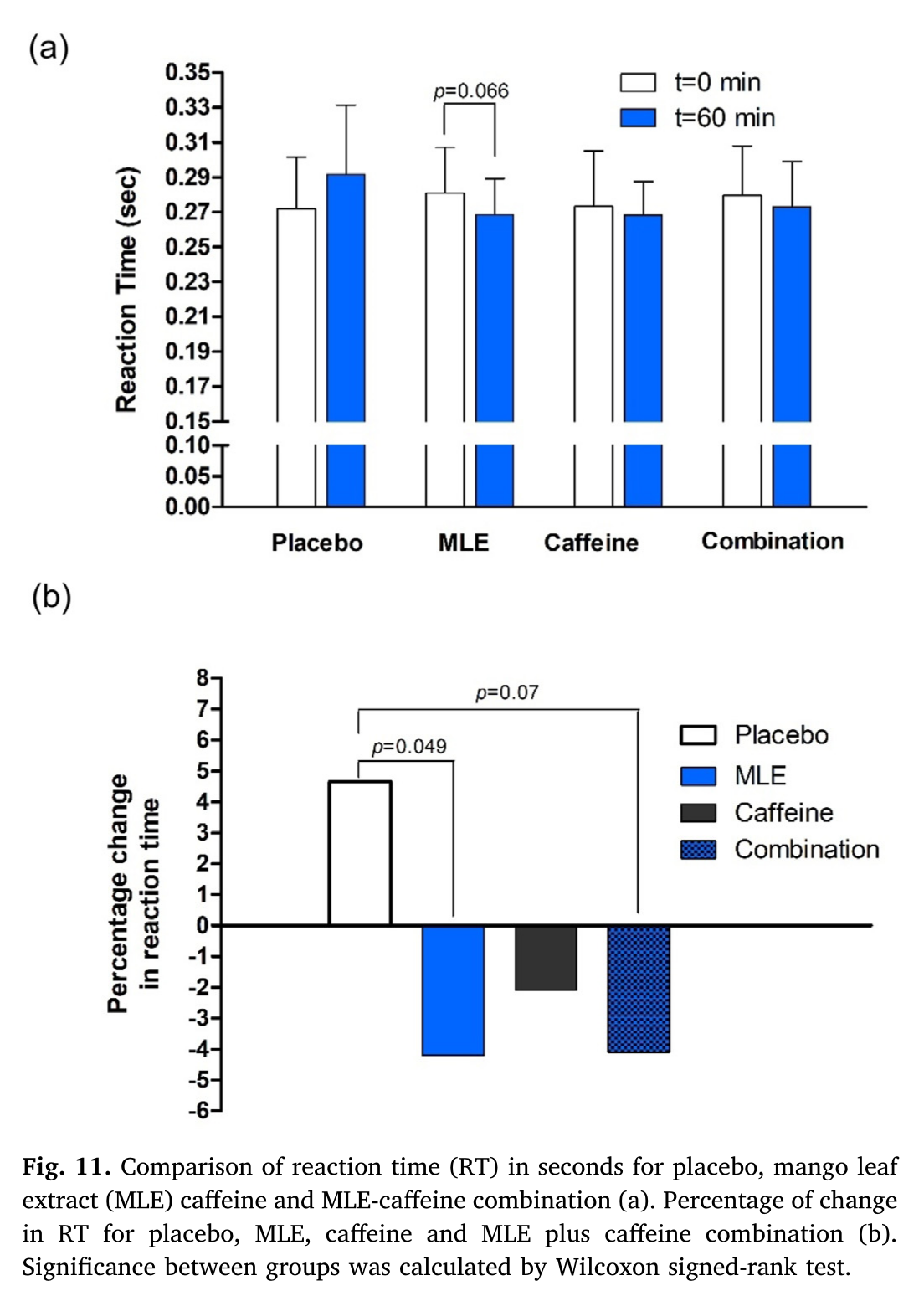
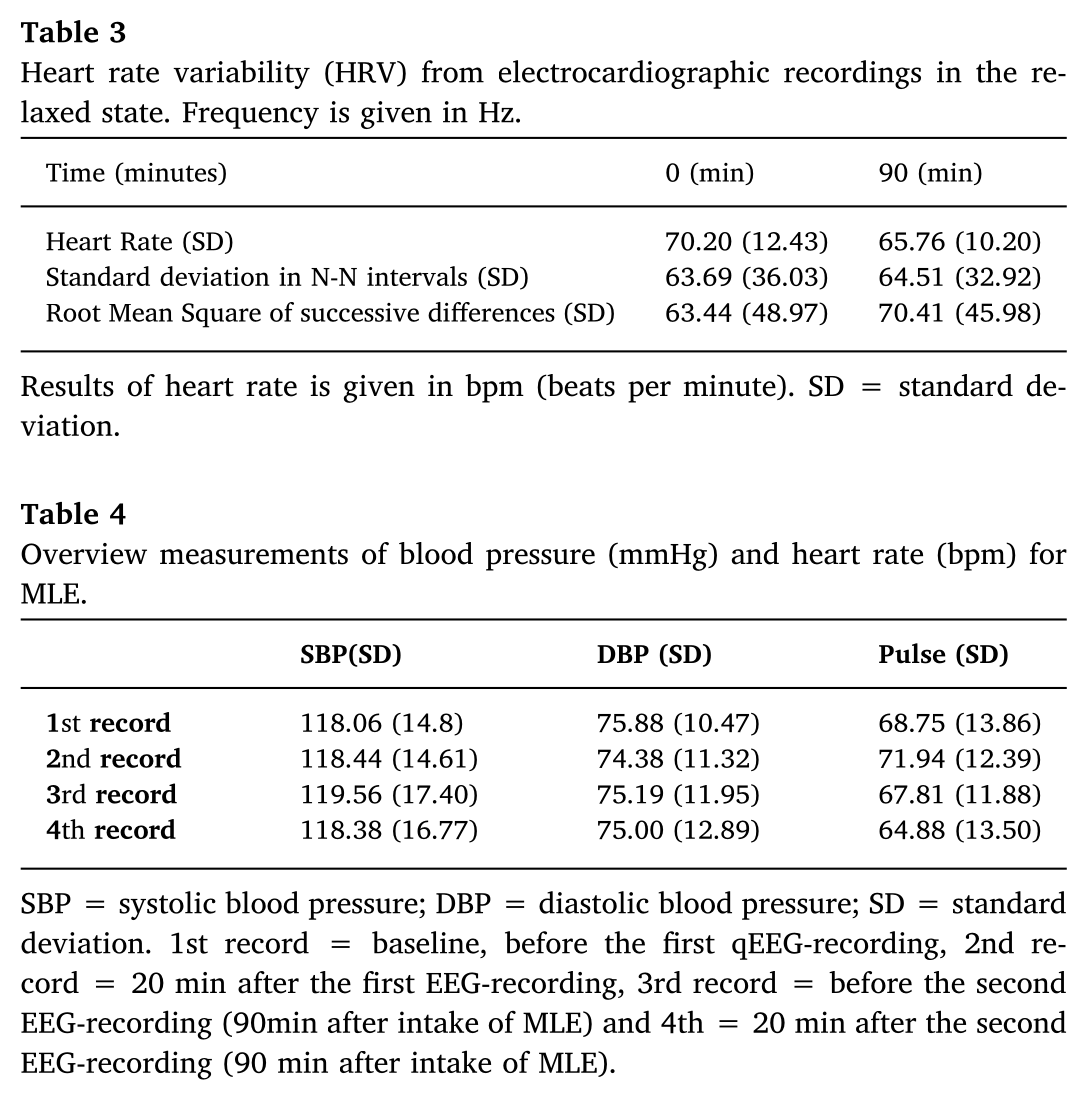

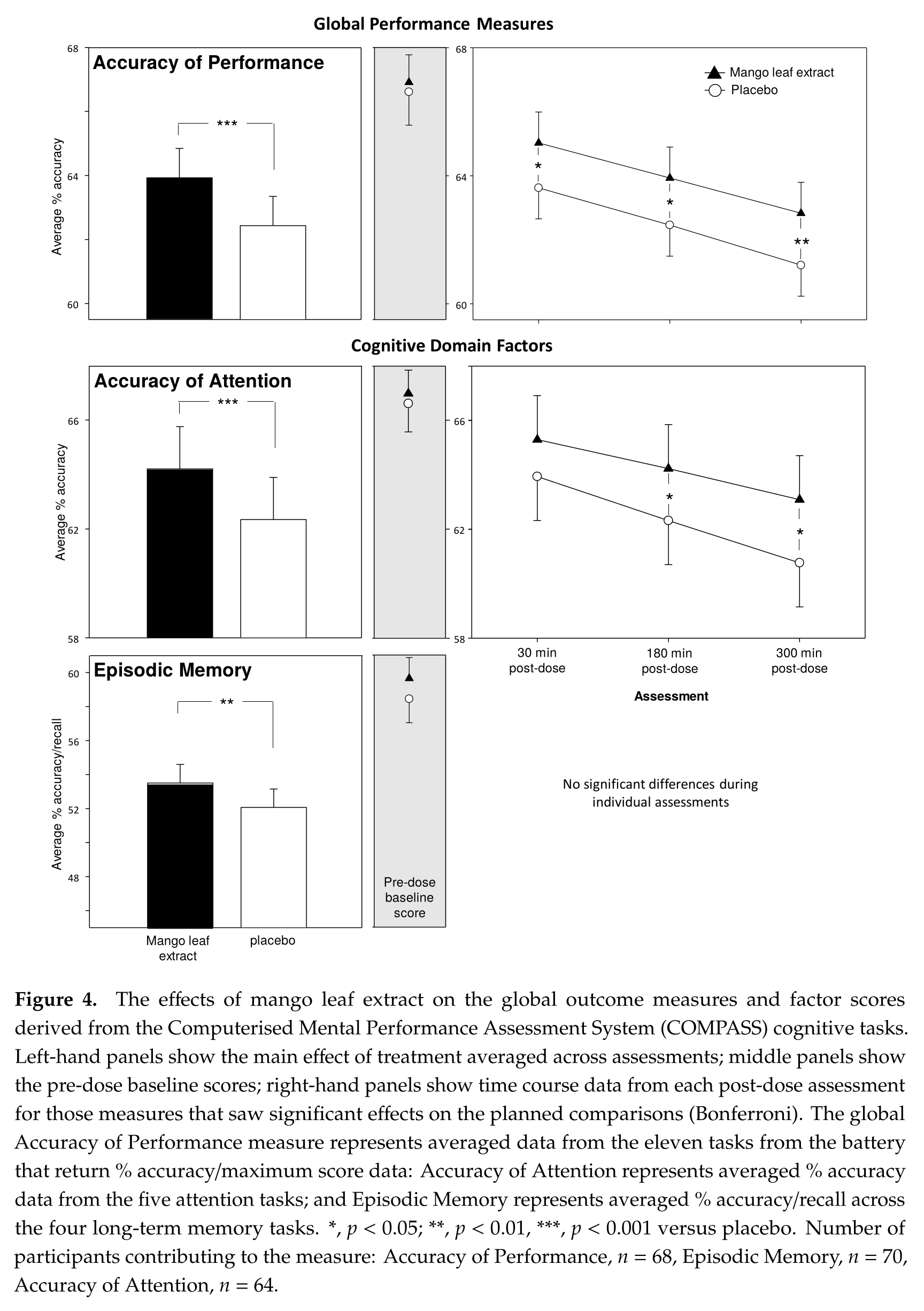

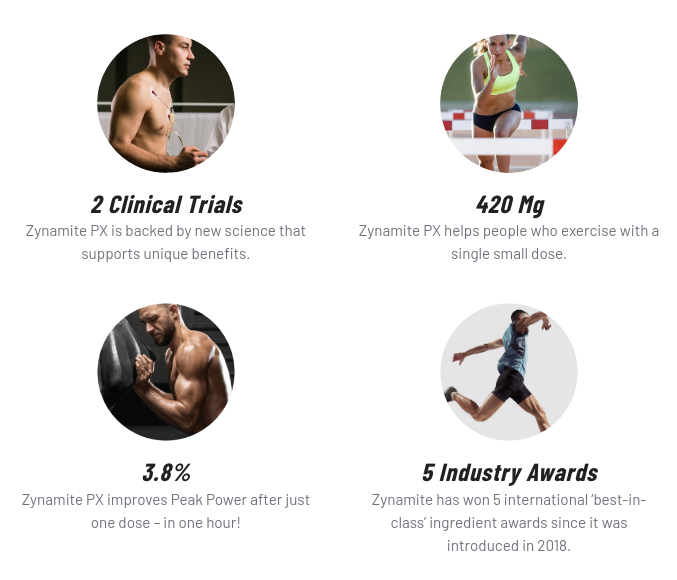
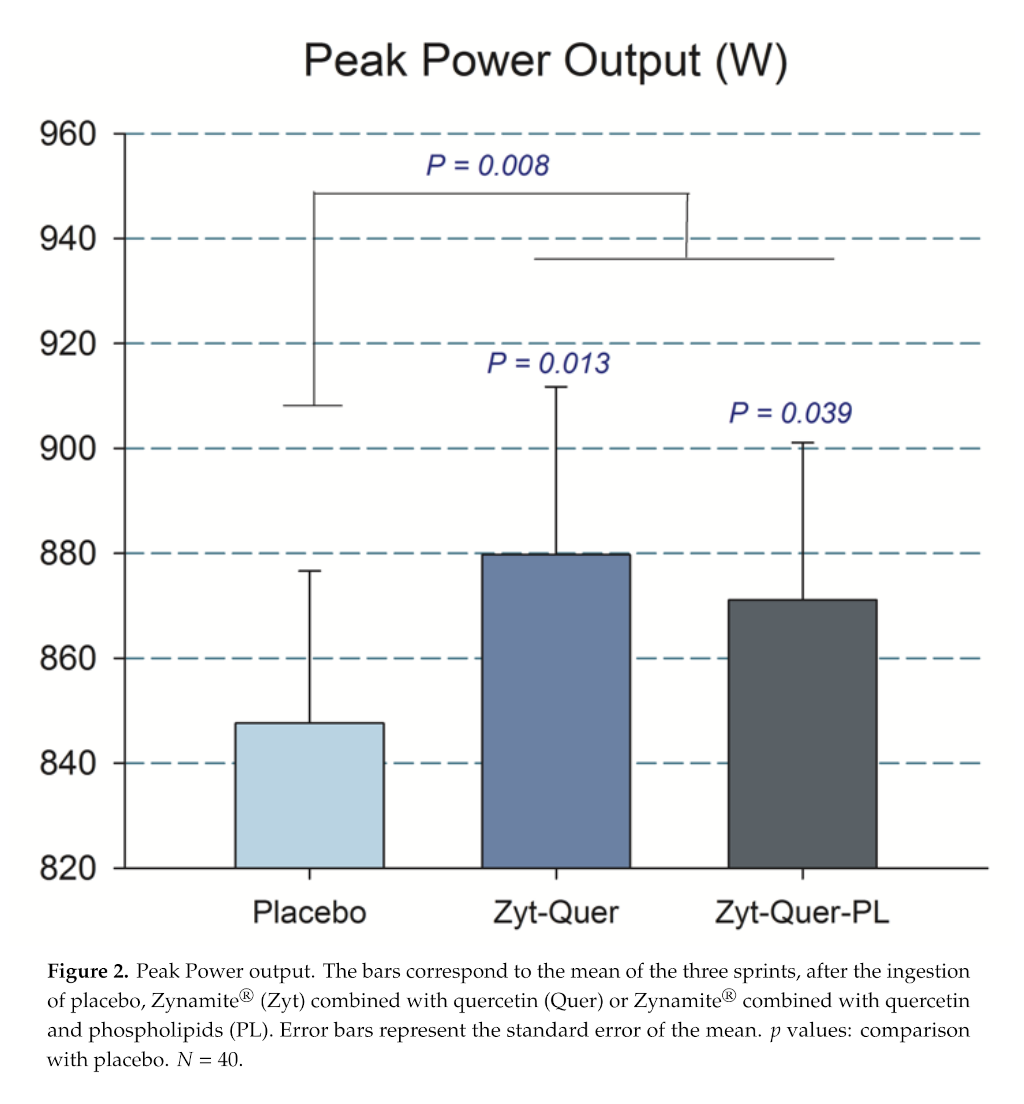
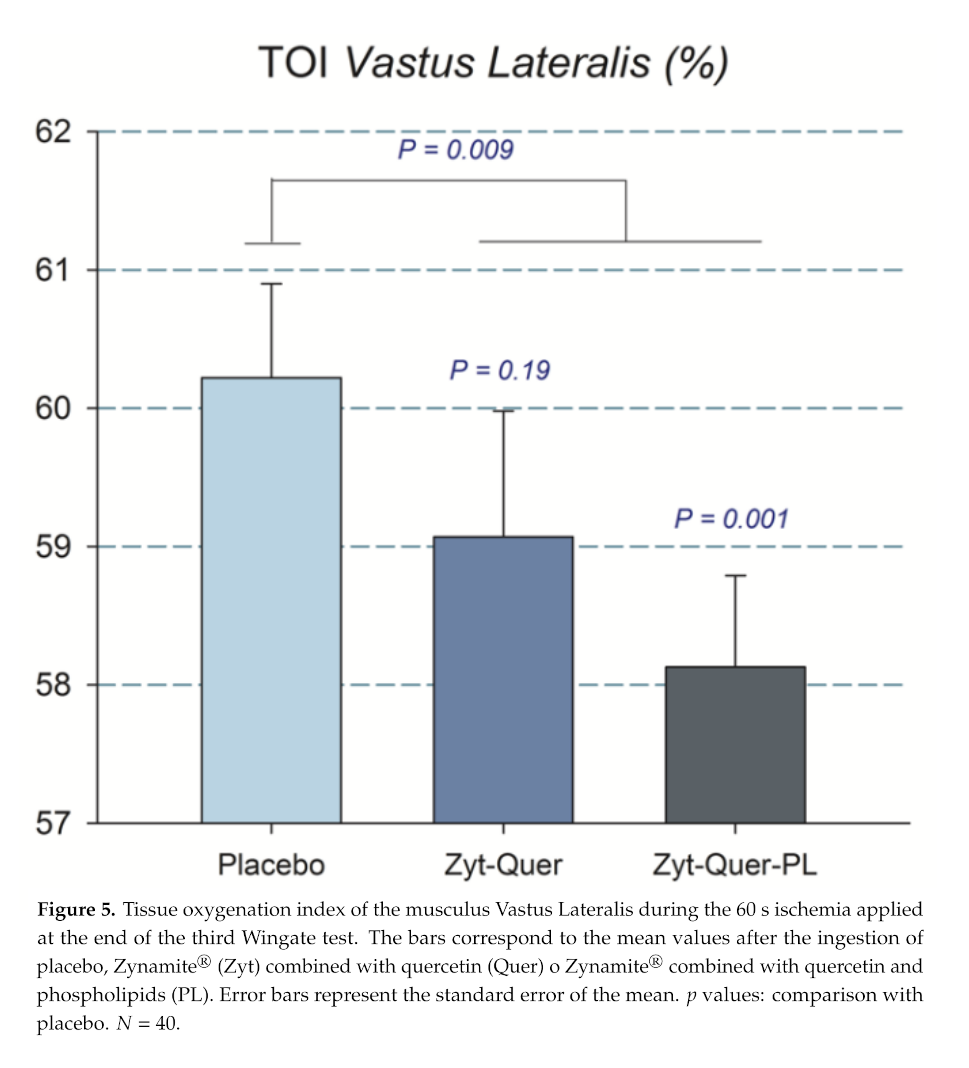

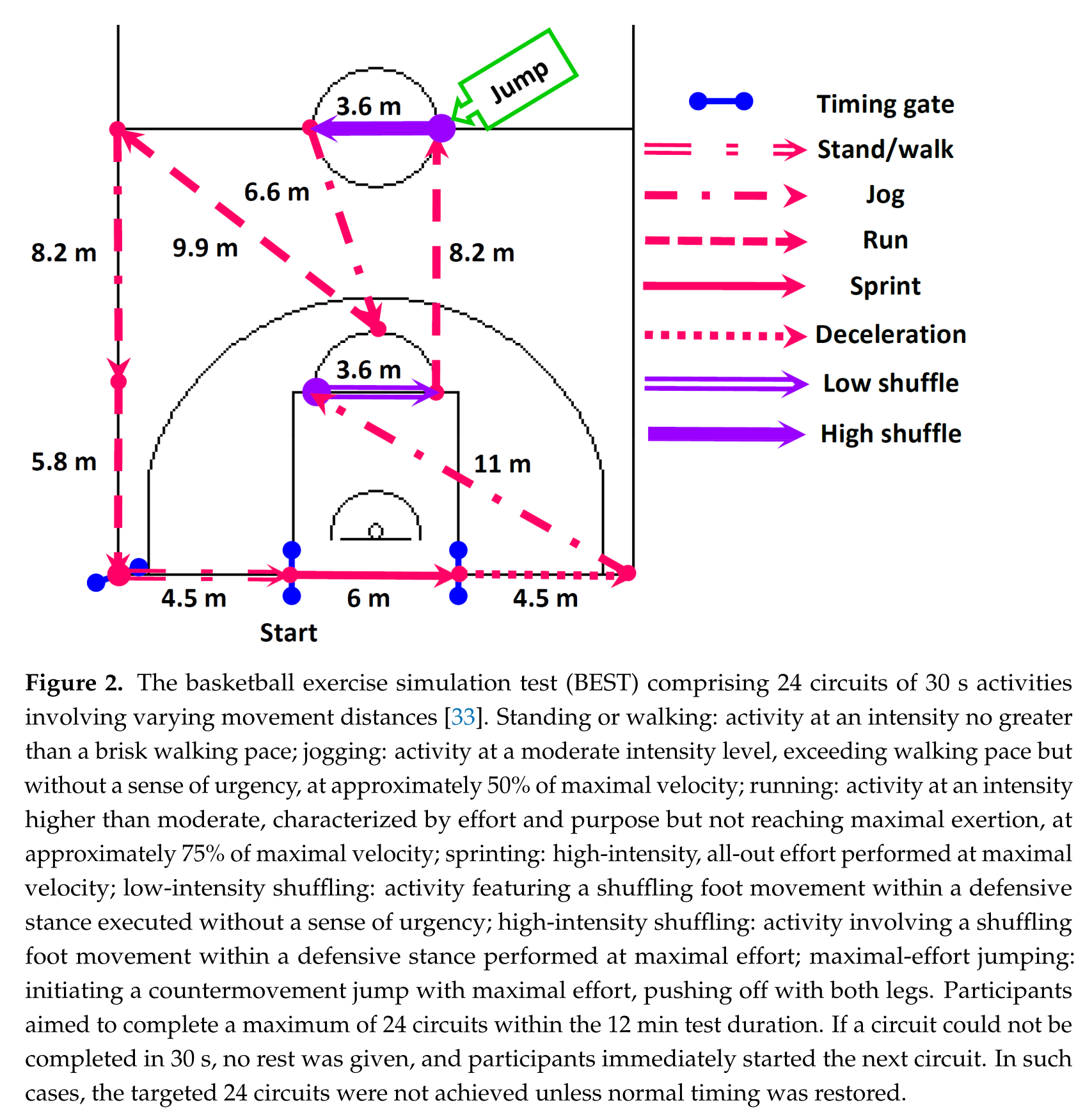
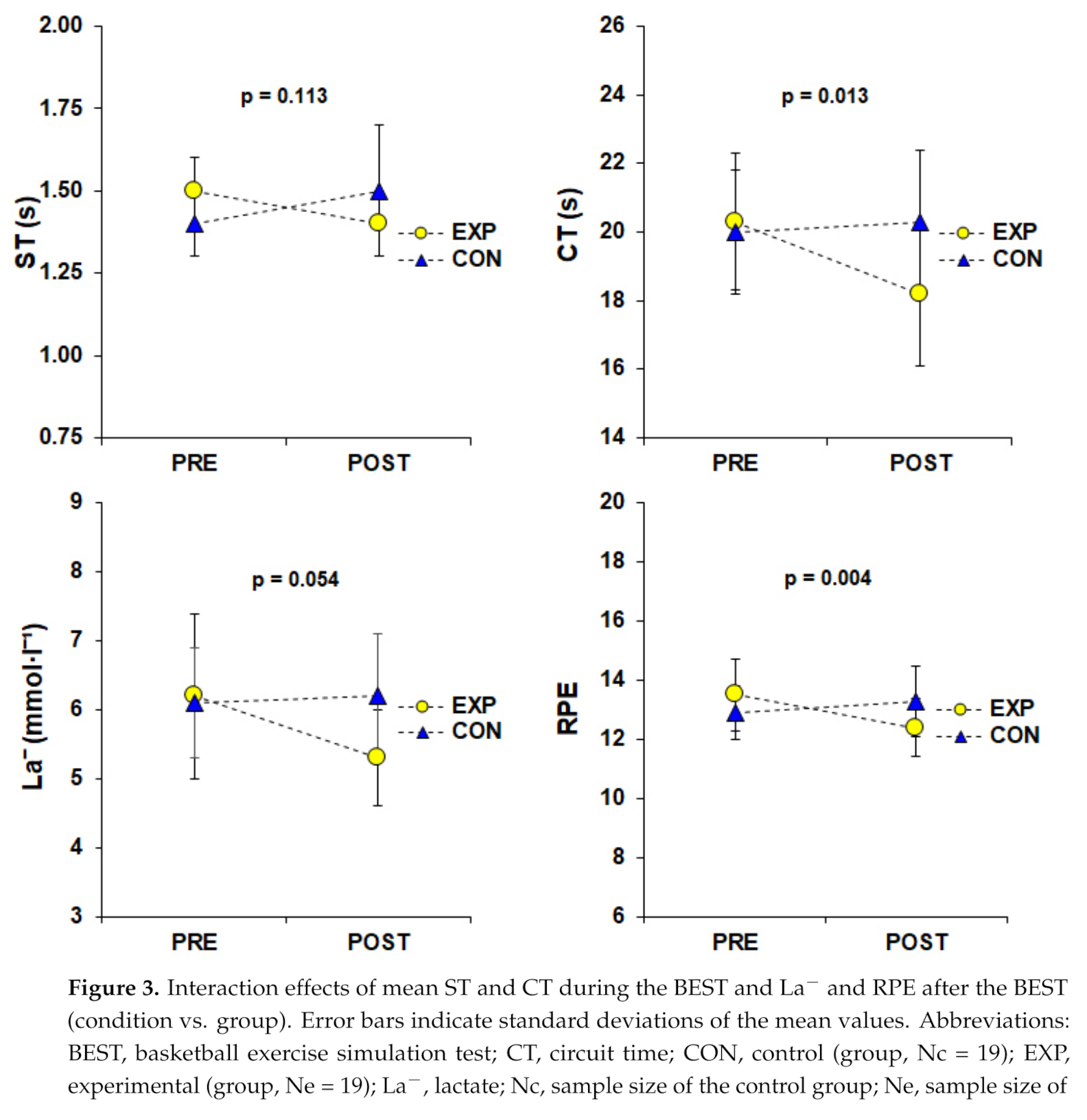
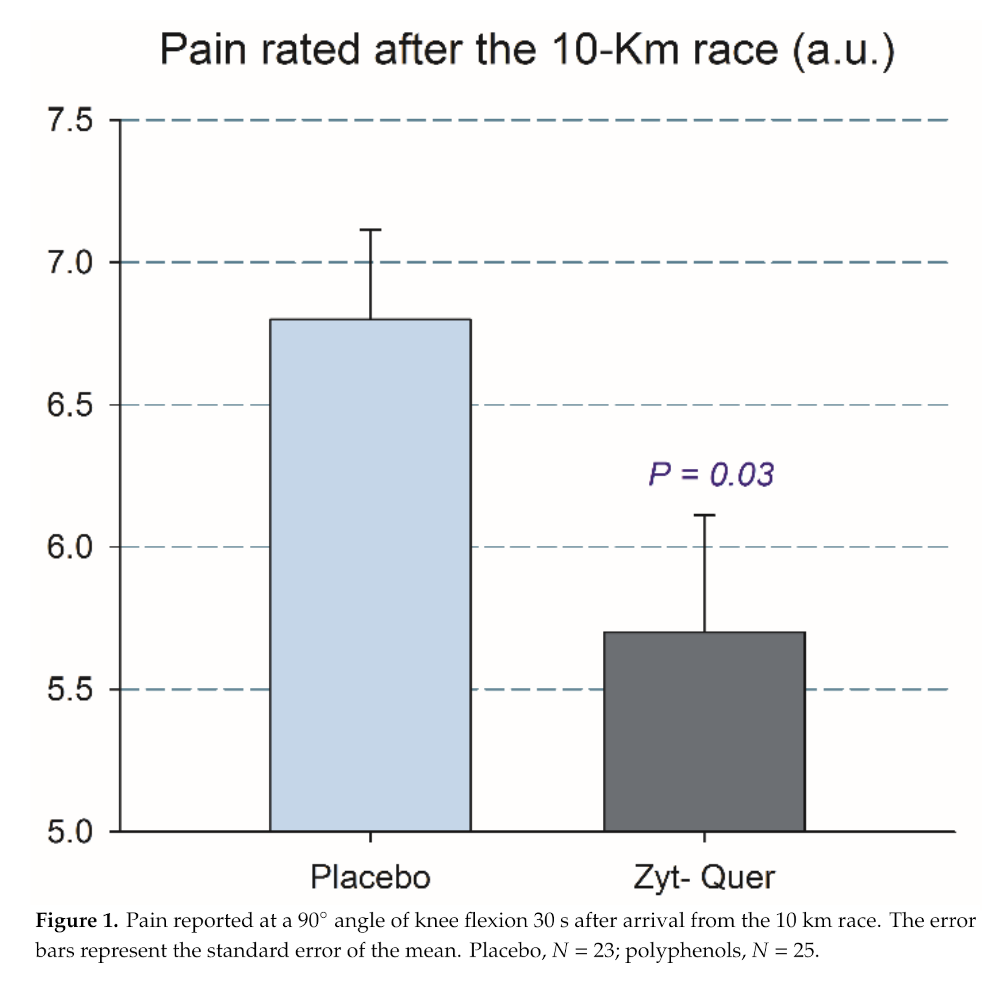

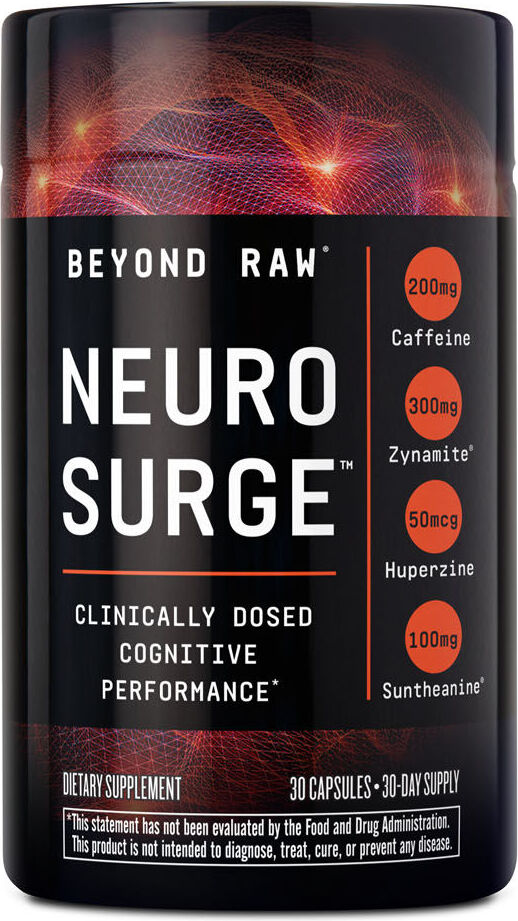
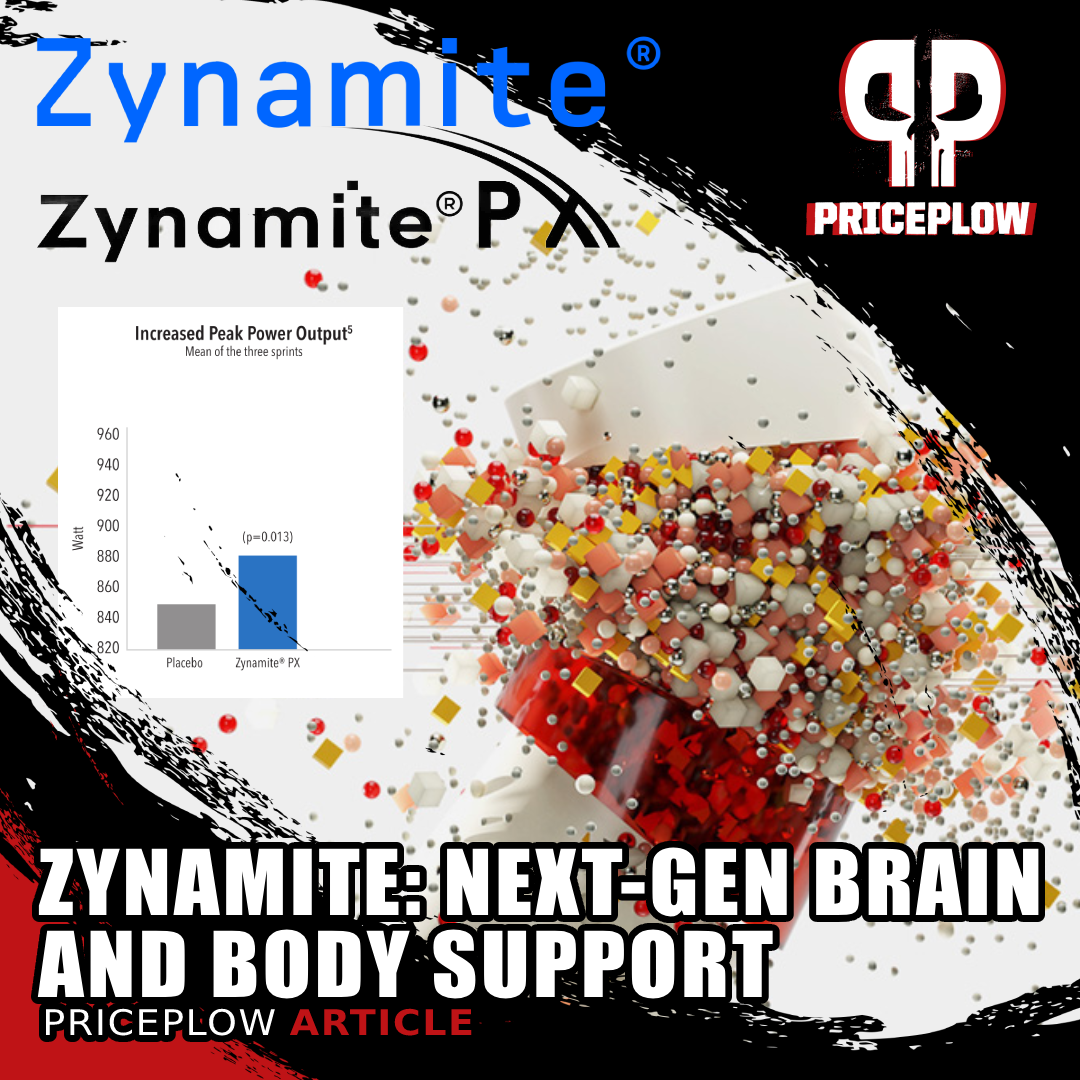


Comments and Discussion (Powered by the PricePlow Forum)